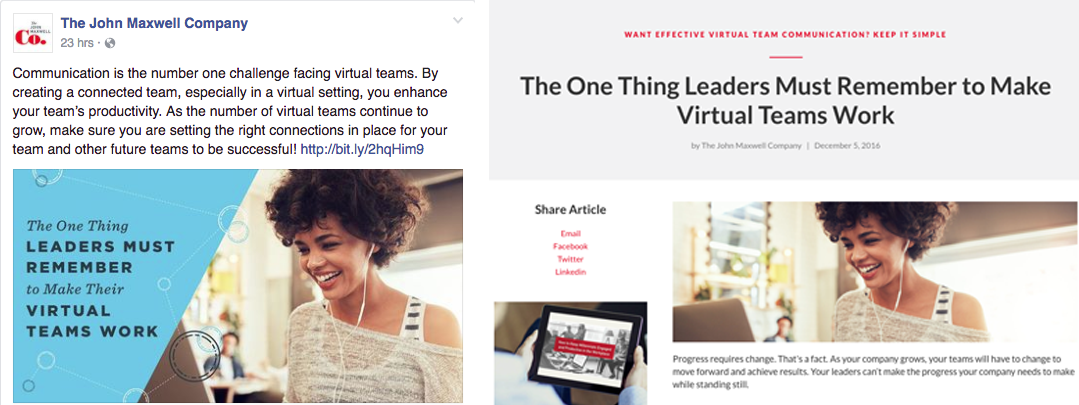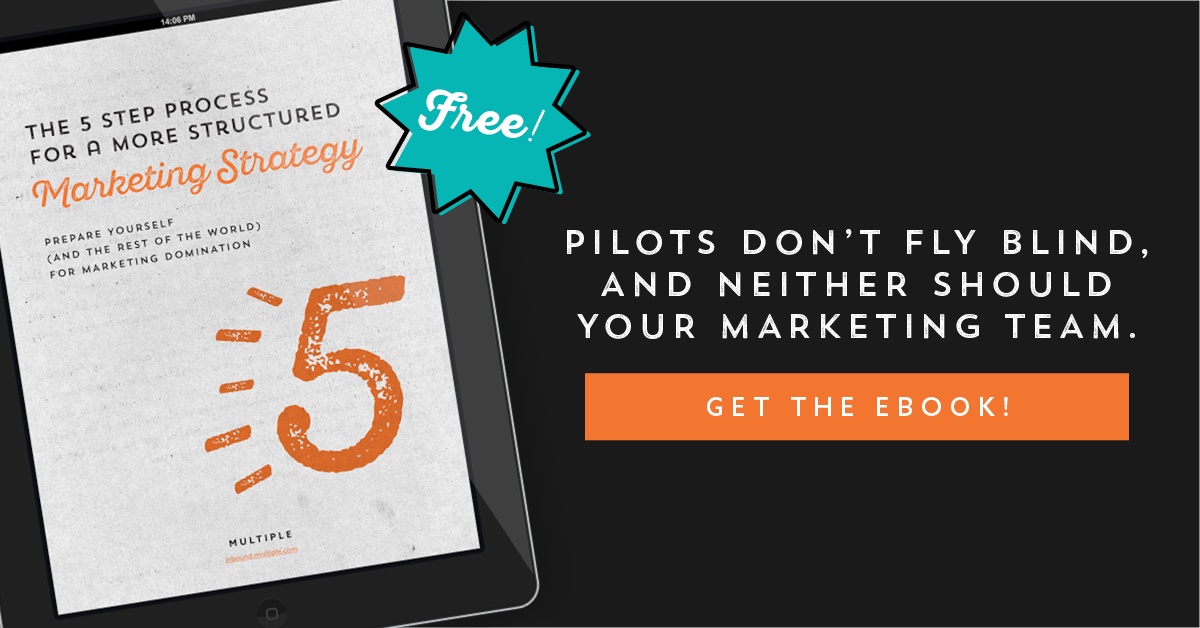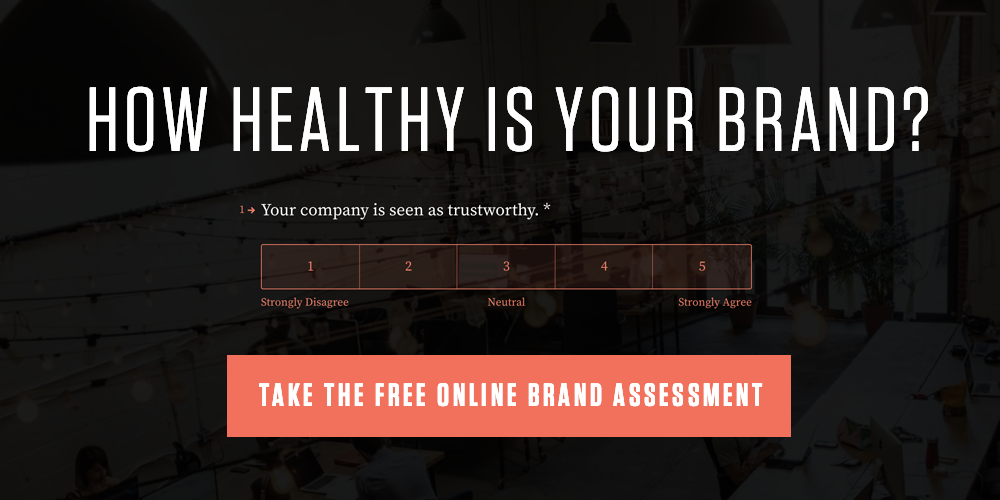
Let’s think about this. Most Americans see on average 5,000 advertisements every day. Without a thoughtful piece of collateral like a brochure, or a website, will your prospects notice you? Will they quickly understand what you do and, more importantly, how you can make their life easier? Without a memorable brand, will you be top of mind when that prospect circles back to the competition?
In addition to the visual overload we encounter daily, our attention spans are shrinking at an alarming rate – in fact, thanks to smartphones, our attention spans are now shorter than that of a goldfish. What does that mean for your inbound strategy? It means you must consistently deliver not only solid content, but also a system of design elements that translates your brand across emails, landing pages, tweets, Facebook ads, LinkedIn sponsored posts, and on and on and on.
If content is the heart of inbound, design is the backbone. It’s what holds everything together in the perfect inbound strategy.
What is a creative asset?
Creative assets include graphics social media advertisements and posts, programmatic advertisements, blog headers and thumbnails, emails, sidebar ads, video, GIFs, and of course your website – essentially any visual element you’re using to help communicate your message and sell your product or service.
That’s a lot of moving pieces. How can I ensure consistency across everything?
The trick to creating a design system for your inbound strategy is balancing a bird’s eye view of your brand with all of the strategic marketing efforts taking place on the ground. That means you have to take a step back and look at all of the creative assets together. Does your Facebook ad look like the landing page you’re sending people to? Is the image in your tweet the same as the one on your blog post? Prospects need confidence that they’ve arrived at the right spot.
This is where message matching is key. Message matching is the measure of how well your creative assets match the message of the landing page or blog post that you’re sending people to.

In the example above, the Facebook post is using the same image as the blog header to maintain visual consistency as well as the overlaying the title of the blog post on the image.
Another easy way to ensure consistent branding in your inbound strategy is to grab your company’s brand guidelines and make sure fonts, colors, type styles, photography styles, etc. are being used correctly. And, if you don’t have brand guidelines to reference, we strongly encourage you to get that done.
Print stuff out! Hang it up on a whiteboard. Mark it up. Break out the sticky notes. It may seem silly to print out things we will only interact with on a screen, but it’s really helpful in showing you potential inconsistencies and off-brand elements when you’re looking at everything together. Plus, it’s much easier than pulling up 8 different PDFs and Word documents on your 15” laptop screen.
That makes sense. Are there different rules for promoting blogs versus promoting offers?
All the same rules apply whether you’re promoting a blog post or an offer (ebook, webinar, etc.). The biggest difference is that the assets for offers should give your prospects an idea of what they’ll be receiving. For example, if you’re promoting an ebook, your creative assets should tell people they’re getting an ebook and show what it looks like. Again, short attention spans mean we must give our prospects 100% confidence that they’re actually going to get what we’re pitching.

This Facebook posts lets us know we can get a free ebook about marketing strategy.
Remember, when we’re talking about offers, our prospects are giving us their email address and other personal information in exchange for our content. An inbox is an intimate space. If you’re invited, be respectful. Provide value. Don’t drink all of the good liquor and puke in the living room later while everyone’s sleeping. Nobody likes that asshole.
With everything you do, ask yourself, “does this FEEL like us?” If the answer is no, start over.
–––––
Want to learn more about creating a solid marketing strategy that will give you more overall structure and piece of mind? You can read The 5 Step Process For a More Structured Marketing Strategy eBook for a more in-depth discussion of these concepts and how you can begin to implement them.
–––––
How healthy is your brand? Take this free 20-question survey to find out.


![Tweet: If content is the heart of inbound marketing, design is the backbone. [Source: @multipleinc]](http://skotwaldron.flywheelsites.com/wp-content/uploads/2019/07/click-to-tweet.jpg)

